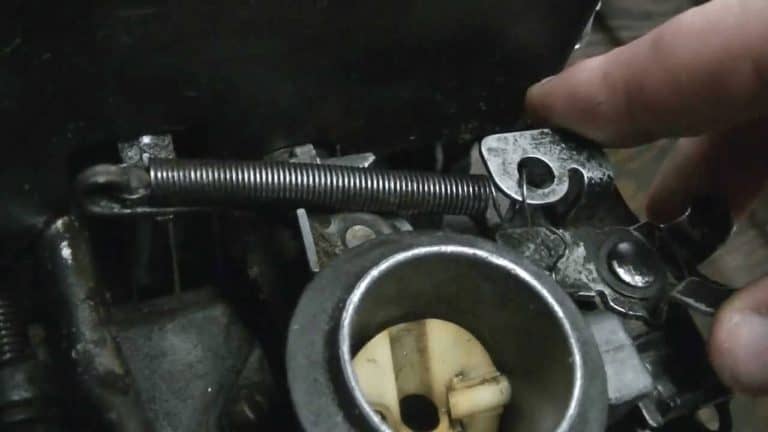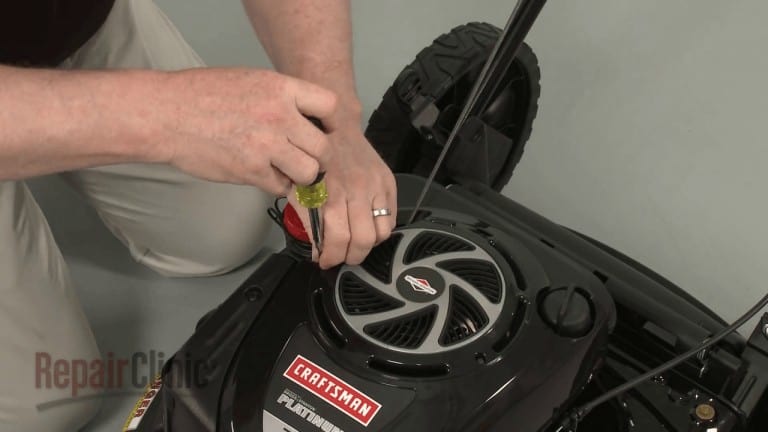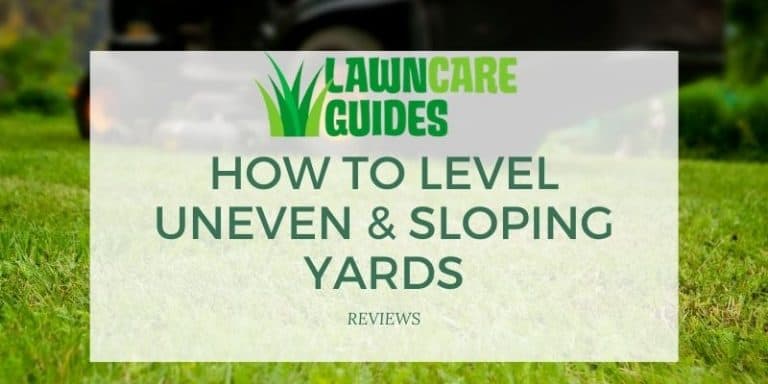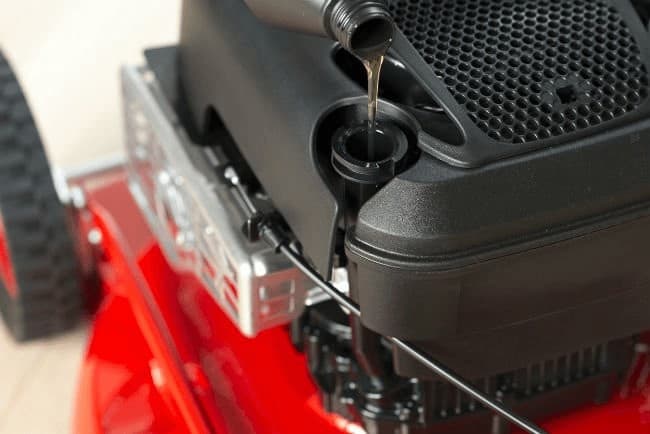How to Mow Your Lawn Correctly – Lawn Mowing Tips
Maintaining a beautiful lawn requires a lot of effort and patience, and it calls for more than just preparation and selection of the right seeds. Mowing the lawn keeps the grass growing and looking its best year-round.
The frequency of mowing varies depending on the amount of growth, and it also varies from season to season. Learning how to mow your lawn correctly will help nurture a tuff that’s thick, healthy, and drought-resistant. If done incorrectly, your grass will struggle to survive or make the lawn more susceptible to diseases and environmental stresses.
Lawn mowing tips and tricks
Mow 1/3 of the grass blade

Adhere to the 1/3 rule to avoid scalping the lawn. When you mow, ensure that you don’t remove more than 1/3 of the length of the grass blade. Most healthy lawns may survive a close cut but mowing too low frequently several negative impacts, including;
- Increased exposure to pests and diseases
- Injuring the crown- this is the part responsible for new growth
- Encourages growth of weeds
- An increased risk of soil compaction
- The surface area of the blade is reduced, which means insufficient photosynthesis
- A scalped lawn has a poor root system making it more susceptible to damage, especially during droughts
How Often Should You Mow a Lawn?
A good rule of thumb is to mow your lawn as needed or when the grass will benefit from it the most. For instance, in spring, the grass is actively growing, so you may need to mow more often, maybe twice a week. However, in summer, the growth is significantly slower, which means you can cut down on your mowing.
Again if you’ve had your grass fertilized recently, your lawn may need frequent mowing to keep the growth spurt in check. On the other hand, you may want to reduce the mowing frequency during a prolonged drought to help the plants retain more water.
Warm and cool-season grass types have different growth patterns, meaning that they will also have varying mowing schedules. For instance, warm-season grasses have their peak during summer, so you should be prepared to do a lot of mowing during summer.
On the other hand, cool-season grasses have peak growth in spring and fall, so you should plan for lots of mowing during those two seasons. The mowing frequency should reduce as you approach summer to prepare the plants for extended dry weather.
What is the Ideal Mowing height
One of the most important ways of keeping the lawn healthy throughout the growing season is by adjusting the mower height as needed.
For instance, in summer, set the cutting deck a bit higher to allow your grass to grow taller.
Longer grass ensures that the soil is well covered, which helps prevent water evaporation from the soil. Additionally, it blocks weeds from growing. What’s more, it helps the plants to develop a stronger root system that can withstand long periods of drought.
In areas that receive heavy snow cover during winter, it is recommended to lower your cutting deck to prevent snow molds from settling on the lawn. If your lawn is on a shady area such as under trees, your grass will benefit greatly from a higher mowing height.
In low-light areas, grass competes for nutrients and light, so having longer grass will ensure more surface area for photosynthesis.
Keep the mower blade sharp
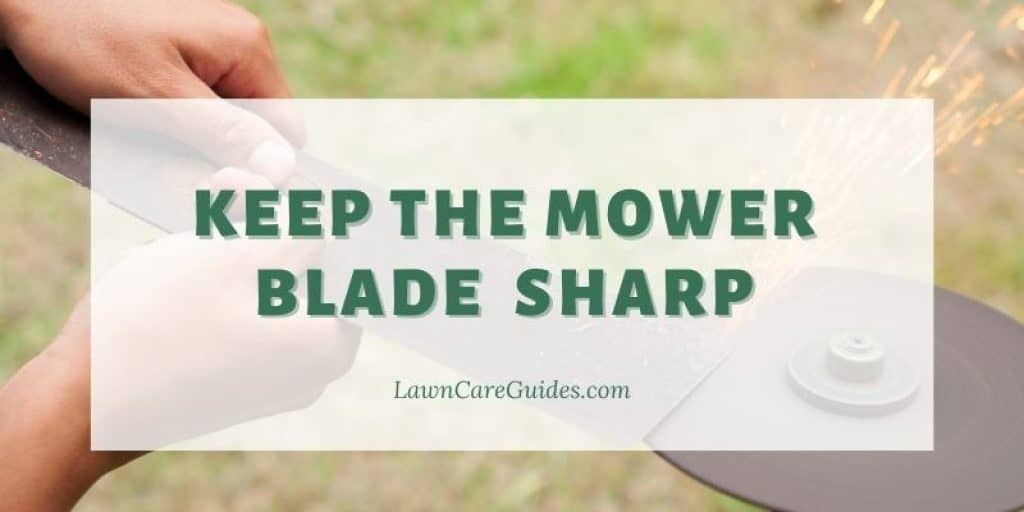
For best results, sharpen your mower blade at the first sign of wear. Sharp mower blades mow grass cleanly, allowing you to create even edges. On the other hand, a dull blade will tear your grass, which creates a way for pests and diseases to attack your grass blades. Additionally, your grass may turn brown as the tips of the grass dieback.
Sharpen your mower blades several times during the growing season and depending on your mowing frequency. Consider having an additional mower blade to ensure that you’ll have a sharp blade always.
Also, try to remove stones from the lawn and avoid moving over strong branches to avoid dulling or damaging the blade. Inspect your mower blade regularly and if there any sign of chipping, consider replacing it with immediate effect.
Don’t Mow Wet Grass

Even though lawn mowers are waterproof, try to mow when your grass is dry. Ideally, the grass blades will be upright and less-clumpy, making mowing easier. While mowing a wet lawn will not necessarily harm the grass, it does not guarantee the desired results.
Often, wet grass clogs the mower deck, and there is a likelihood of clumping together, leading to an uneven cut. Besides, when you mow in wet or soggy soil, you risk leaving behind wheel ruts on the lawn or tearing up the grass.
If you need to mow your lawn when it is wet, look out for grass clumps that may fall of the lawn. Remove them afterward to avoid damaging or killing the grass. Also, oil the underside of the mower deck to prevent clumps of wet grass from sticking. Finally, make sure the mower blades are razor-sharp to avoid pulling the grass from the soil.
Don’t mow in the heat of the day
Avoid mowing when it is too hot to avoid causing stress to your grass. Mowing itself causes a lot of stress on the young grass plant, so adding heat stress will only do more harm than good.
Additionally, the grass may lose a lot of water, and the process of recovery may be much slower. As such, try and mow when the weather is cooler or wait until there is shade on your lawn. This helps ensure that the plant will lose less water and recover more quickly.
Alternate your mowing pattern

Change the direction or the pattern of cutting the grass every time you mow. The grass tends to form a pattern and will always lean towards the side that you mow. Interchanging the cutting direction encourages proper and upright growth.
Besides, mowing in the same direction may lead to soil compaction or creating ruts in the lawn. Remember, compacted soil encourages the growth of weeds.
On the same note, mow moving forward regardless of the type of mower you are using. If your lawn is on a slope, use care when moving to avoid causing injury to the grass and yourself. Always push the lawnmower across the slope and never push it up or down. Also, avoid mowing when the lawn is wet to prevent slip hazards.
What To Do With the Grass Clippings?

When mowing, there are several ways you can manage the grass clipping. One of the best methods is by discharging them back on the lawn after cutting. Grasscycling saves time, and it also helps to recycle nutrients back to the lawn. For better results, consider replacing your mower blade with a mulching blade to enable you to cut the clippings into finer pieces that will decompose faster.
The second method is by bagging the clippings. Bagging involves collecting the clippings and putting them in the bag that came with your mower or in a compost bin. This method is especially helpful when you need to create a neat and clean appearance.
Also, if your grass is long or you mow less frequently, it is best to bag the cut grass. If you leave large chunks of grass lying on the grass, you might end up killing your grass. If you choose to bag the clippings, consider adding them to your composter to act as a Nitrogen booster.
Note: Grasscycling is only ideal for grass that is mowed more frequently and chopped finely. For longer grass, consider raking them or collecting them in the bag attachment.
How To Choose the Right Lawn Mower

Lawnmowers come in different types and sizes, and ideally, your choice comes down to your budget, the size of your garden, and your personal preferences and interests. Push mowers are ideal for small workloads while riding mowers are preferred for relatively large yards.
You may also want to factor in the topography of the yard for easy mobility. For instance, pushing a mower on a steep slope can be an ‘uphill’ task, so a riding or robotic mower would be a great fit. Other factors include the physical fitness of the individual pushing the mower as well as upfront costs for purchasing the machine.
Bonus Tip!
Before you start mowing, ensure to clear away anything lying on the lawn that might get in your way. Remove old branches, rocks, and any other debris that might cause obstructions. It is also important to stay safe by wearing the right PPE. This includes protective goggles, earmuffs, gloves, and the right footwear. Also, keep other people out of the area to avoid creating any mess.
Happy mowing!


